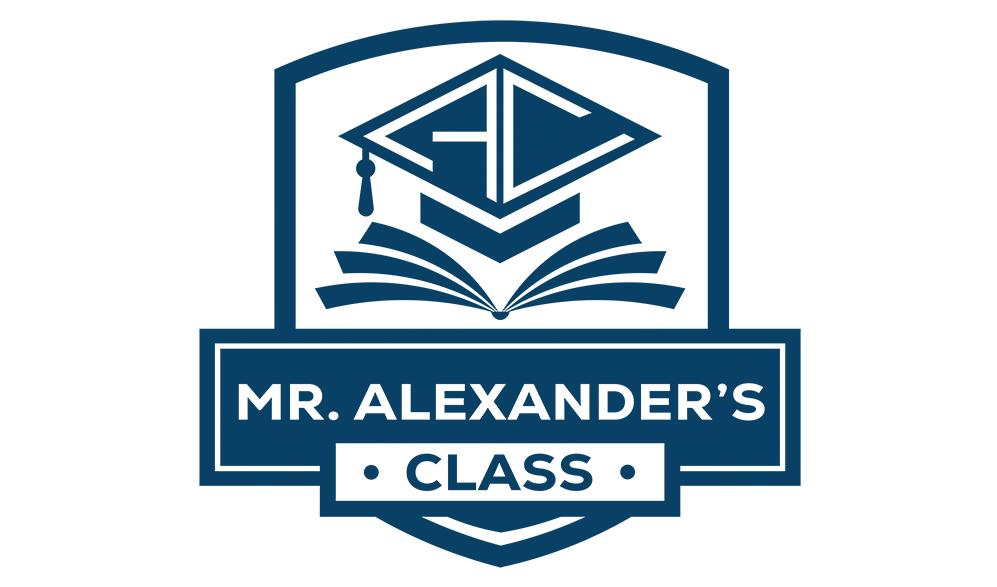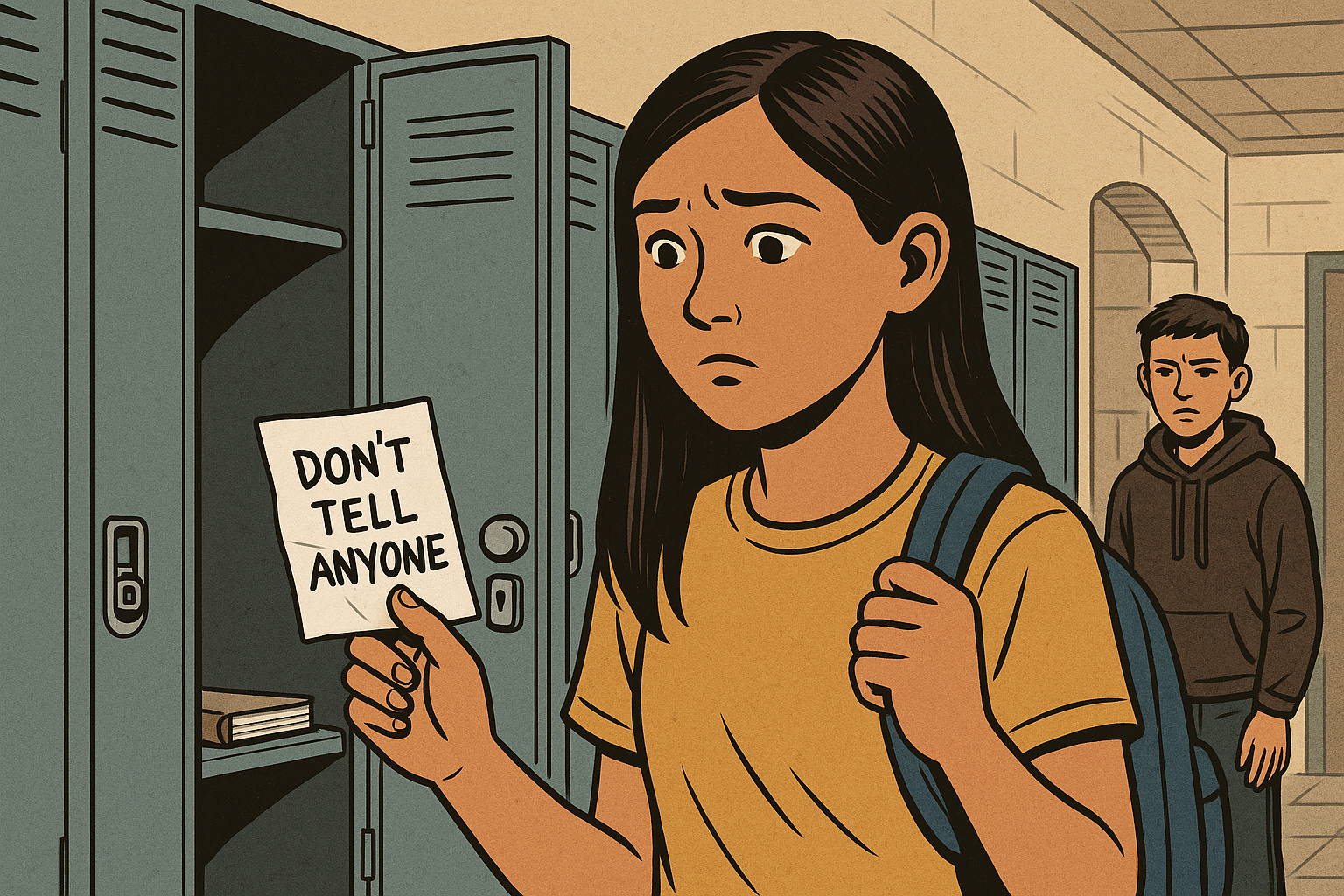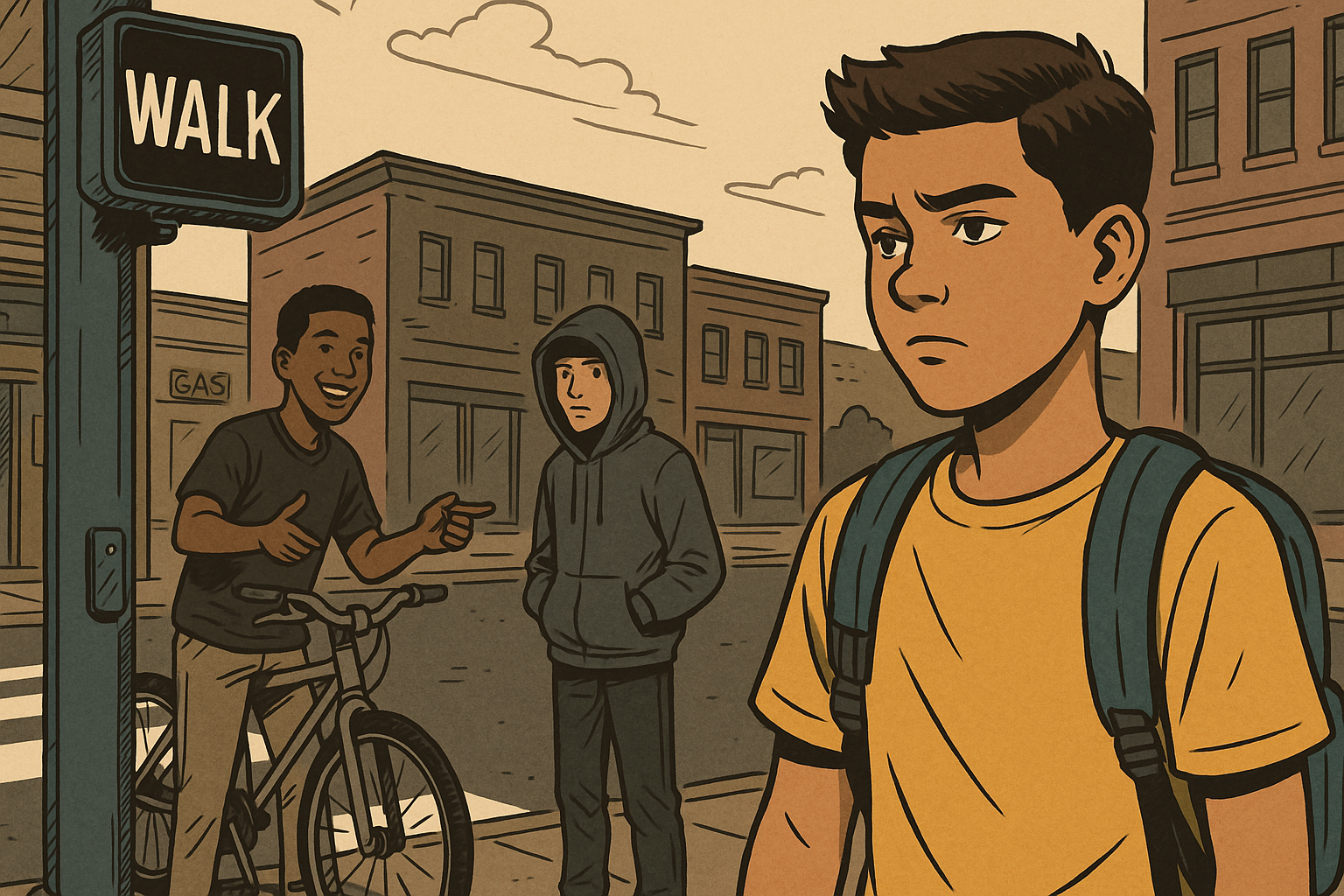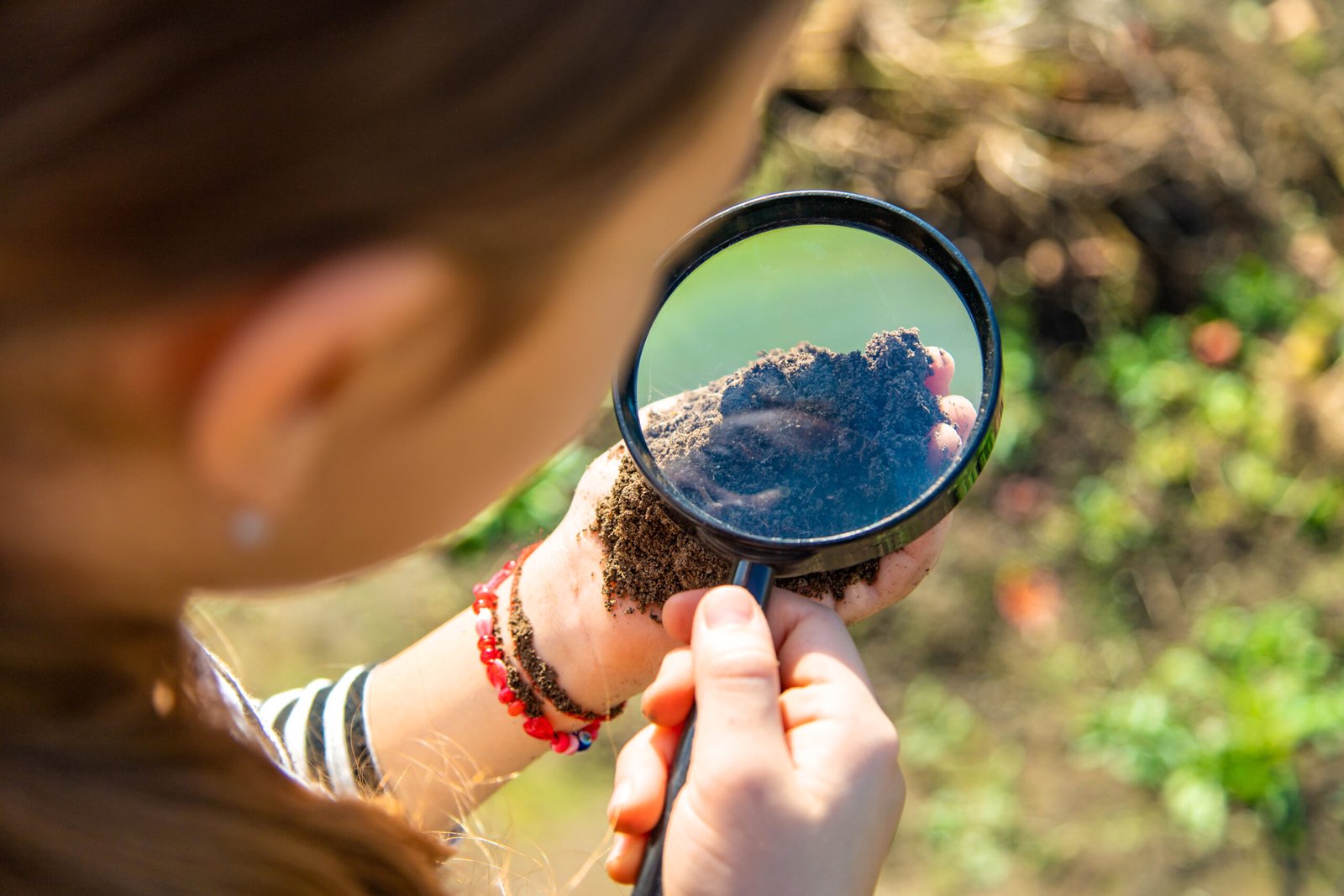As a seasoned teacher with nearly a decade of experience, I understand the challenges educators face when it comes to resource acquisition. The right lesson plans, educational materials, and interactive tools can make a significant difference in student engagement and learning outcomes. In this blog post, I’ll share practical strategies and resources to help you find the materials you need to enrich your curriculum and keep your students engaged. Professional Development for Educators is crucial in this regard.
1. Utilize Online Educational Platforms

There are numerous online platforms that offer a wealth of resources for teachers. Here are some of my favorites:
- Teachers Pay Teachers (TpT): This marketplace allows educators to buy and sell original educational resources. You can find everything from lesson plans to worksheets tailored to specific subjects and grade levels.
- Khan Academy: This free resource provides instructional videos, practice exercises, and a personalized learning dashboard. It’s particularly useful for math and science but also offers content in other subjects.
- Edutopia: A fantastic resource for articles, videos, and lesson plans that focus on innovative teaching strategies and classroom management techniques. Professional Development for Educators is often highlighted on Edutopia.
- PBS LearningMedia: This platform offers a vast collection of free, standards-aligned videos, interactives, and lesson plans across various subjects.
2. Leverage Social Media and Online Communities
Social media can be a powerful tool for resource acquisition. Here’s how to tap into it effectively:
- Join Facebook Groups: There are countless groups dedicated to specific subjects, grade levels, and teaching strategies. Engaging with fellow educators can lead to the discovery of valuable resources and lesson ideas. These groups are also excellent for discussing professional development for educators.
- Follow Educational Hashtags on Threads: Hashtags like #edchat, #edtech, and #teacherresources can connect you with a community of educators sharing their best resources and strategies.
- Pinterest: This platform is a treasure trove of visual ideas. Search for lesson plans, classroom decor, and interactive activities. You can create boards to save your favorite resources for easy access.
3. Explore Open Educational Resources (OER)
Open Educational Resources are teaching and learning materials that are freely available for everyone to use. Here are some excellent OER platforms:
- OER Commons: A public digital library of open educational resources. You can find lesson plans, textbooks, and multimedia content across various subjects.
- OpenStax: This nonprofit educational initiative offers free, peer-reviewed, openly licensed textbooks that are available in multiple formats.
- CK-12 Foundation: Provides free online textbooks and resources for K-12 education, particularly in STEM subjects.
4. Incorporate Interactive Tools and Technology
Engaging students often requires the use of interactive tools. Here are some that I’ve found particularly effective:
- Nearpod: This interactive presentation tool allows you to create engaging lessons with quizzes, polls, and multimedia content. It’s a great way to keep students involved during lessons.
- Kahoot!: A game-based learning platform that makes it easy to create quizzes and interactive games. It’s a fun way to review material and assess student understanding.
- Gravity: Gravity’s AI features, including auto transcription, keyword insights, and voice tone analysis, enhance the tool without adding complexity.
5. Network with Colleagues and Attend Workshops

Sometimes the best resources come from those around you. Here’s how to tap into your professional network: Make sure to keep professional development for educators in mind.
- Collaborate with Colleagues: Share resources and lesson plans with fellow teachers. You might be surprised at the wealth of knowledge and materials your colleagues have.
- Attend Professional Development Workshops: These workshops often provide valuable resources and strategies that you can implement in your classroom. Plus, they’re a great way to connect with other educators.
6. Practice Self-Care and Avoid Burnout
While acquiring resources is essential, it’s equally important to take care of yourself. Here are some self-care tips to prevent burnout:
- Set Boundaries: Designate specific times for lesson planning and resource acquisition. Avoid working late into the night or on weekends.
- Take Breaks: Incorporate short breaks into your day to recharge. Even a five-minute walk can help clear your mind.
- Reflect on Your Practice: Regularly assess what’s working in your classroom and what isn’t. This reflection can help you focus your resource acquisition on what truly benefits your students.
Conclusion
Resource acquisition doesn’t have to be overwhelming. By utilizing online platforms, engaging with your professional network, and incorporating interactive tools, you can enrich your curriculum and keep your students engaged. Professional Development for Educators is essential to staying current with new resources and strategies. Remember to prioritize your well-being as you navigate the demands of teaching. With the right resources and a balanced approach, you can create a dynamic learning environment that benefits both you and your students.
Call to Action
What are your go-to resources for lesson planning and classroom engagement? Share your favorites in the comments below! Let’s support each other in creating the best learning experiences through professional development for educators.
If you found this post helpful, be sure to explore the rest of our blog for more insights and tips on improving your teaching experience. Don’t forget to visit our store for products designed to support teachers and enhance your classroom environment. Let’s work together to make teaching rewarding and inspiring again!



